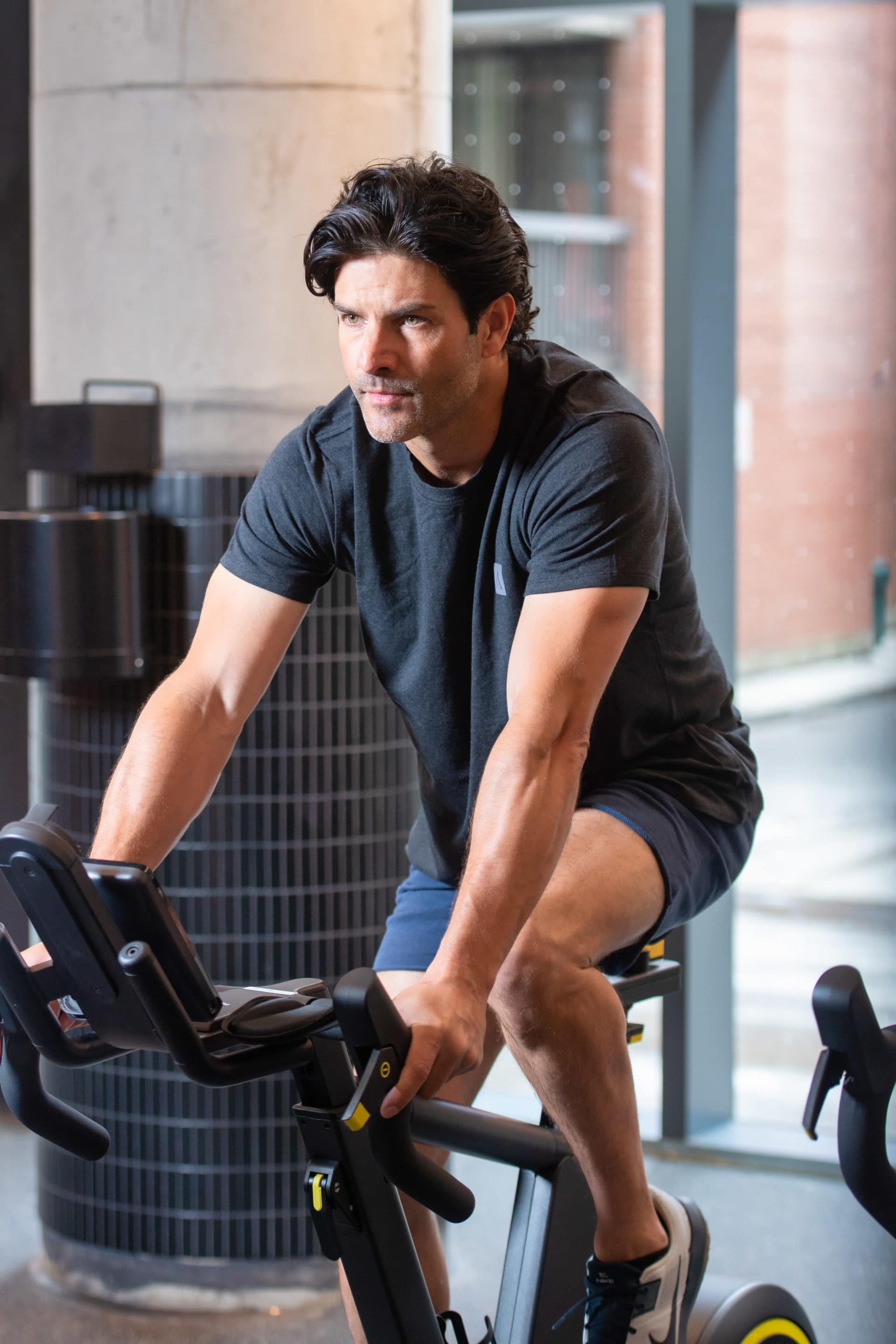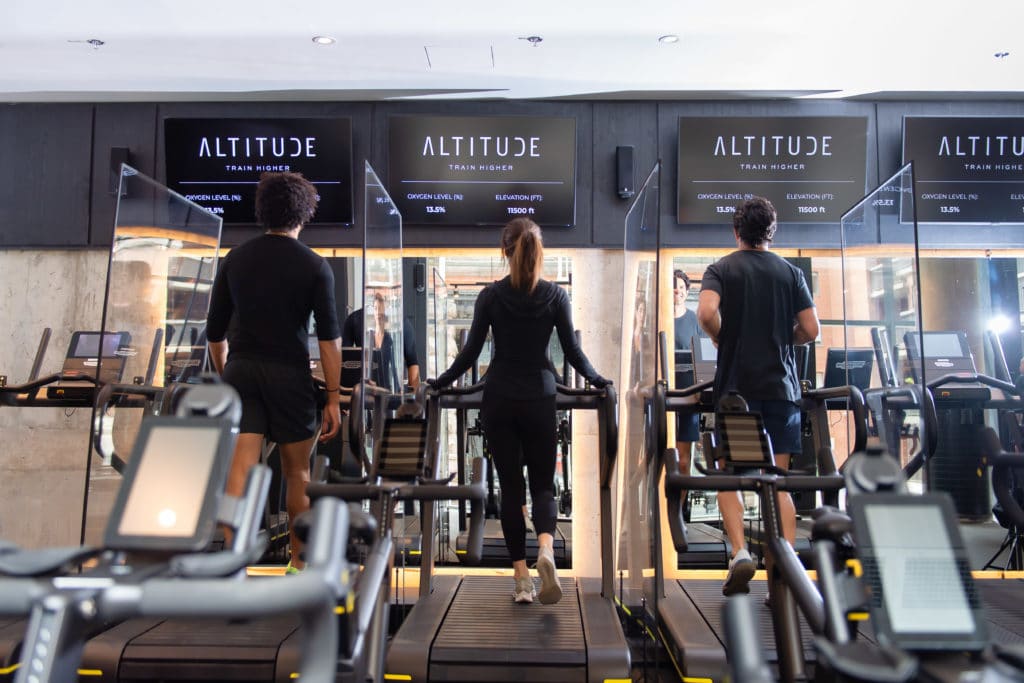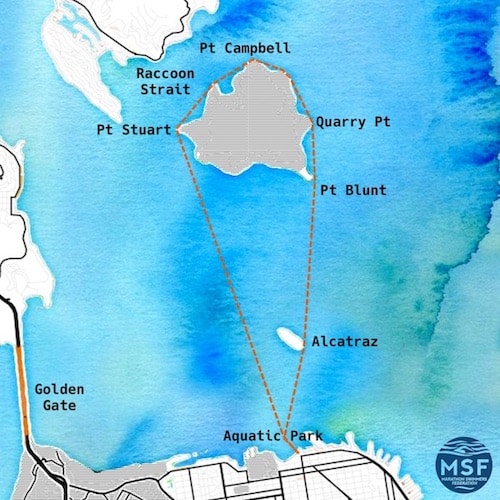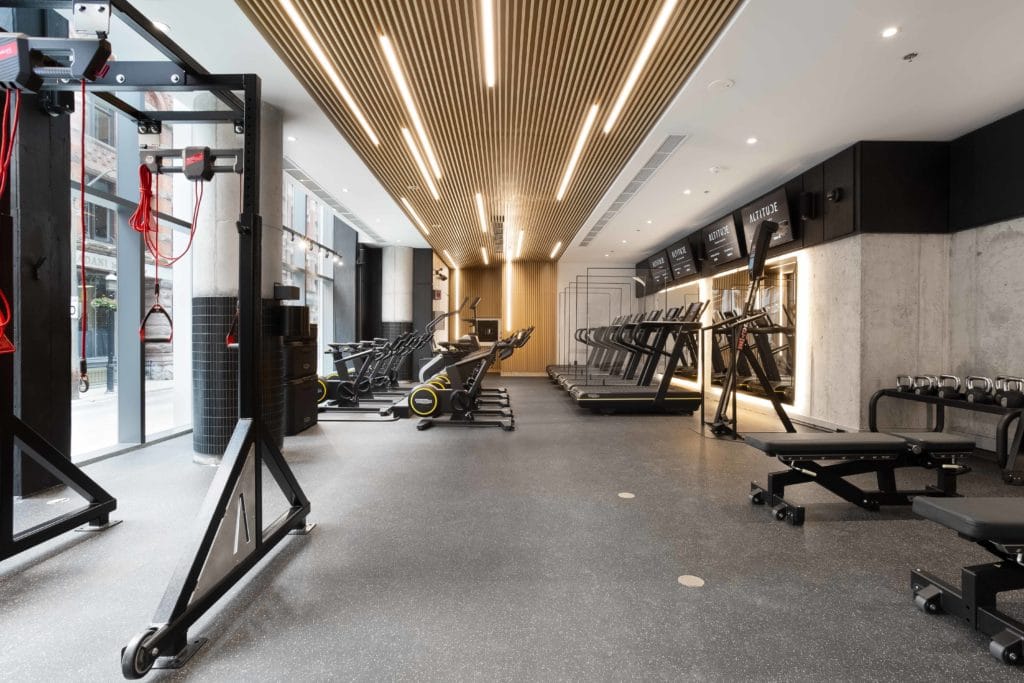How to Run Your Fastest 5K Ever
If you’re a beginner runner, 5 km is the perfect ‘first race” distance to prepare for. If you’re more experienced and enjoy speed, you can use the 5K distance as a platform to push faster times and try for new PBs. Regardless of your level or intention, completing a successful (and fast 5K) requires training and practice. Here are some tips on how to run your fastest 5K ever.
1. Have a Plan
Running a 5K fast is a challenge. And just like most other challenges in life, it helps to be prepared. So, unless your 5K is tomorrow, now is the time to make a plan. Start with answering, “what is your goal?”. Your goal should be realistic and dictated by how much time you can put into your training, how experienced you are and your current fitness level.
Having a plan ensures you aren’t just training blindly or trying to run 5km every training session. You should have a comprehensive schedule that includes a balance of speed work, recovery, base runs and strength training. Keep on track with your plan by monitoring your heart rate and pace.
In general, we recommend starting your training at least a month in advance. 3 months will give you plenty of time to get race ready, but it all comes back to your initial goal. Other variables like your fitness level and running experience will also play a part. Again, your plan should include a breakdown of your interval run days, base runs, strength/cross training and recovery to get the most out of your training.
Strategies like building a tapering period into the days leading up to your race will ensure you aren’t weighed down by training and have given your body the chance to recover and re-energize. If you keep on training hard right up until the day of your race, it might actually hinder your performance!
If this is all new to you and you don’t know how to plan? Reach out to one of our coaches at Altitude! You can book a coach consult to come into the facility and talk about your goals and training needs here: SCHEDULE COACH CONSULT
2. Incorporate Intervals
5Ks are fast-paced and usually over before you even know it. Be prepared to keep up with the pace and accelerate in key moments. In a marathon, you may get away with purely aerobic training. But in a 5K, you’ll want to work on what’s called your anaerobic energy system. Interval training (alternating between hard and easy efforts) will help increase your aerobic and anaerobic energy system. Need to pass someone quickly? Or finish pick your speed for the last leg of the race? You may need to tap in to your anaerobic energy system for the extra burst to make sure you reach your goal.
3. Start (or Continue) Strength Training
As runners, strength training can be a bit boring and feel unnecessary. But it’s actually a fundamental part of boosting speed and efficiency and protecting us from injury. Although the bulk of your training will be running, it would be a mistake to neglect strength.
Strength training can improve the elastic capabilities of your muscles and tendons. While you run, your muscles are contracting and using energy. It’s hard work! What if there was something that could save you from burning through precious energy in a race? Well, by strength training and working on plyometrics, you can tap into that elastic energy and reduce the load on your muscles. We can’t think of anyone who wouldn’t want to take advantage of an energy save like that!
Strength training can also keep tissue strong and resilient to reduce chance of acute and chronic injury. Remember, running is an impact sport, and strength training can save you from the aches and pains you can suffer down the road. This will allow you to do what you love more often.
4. Know Your Target Pace
Like we mentioned earlier, having a goal is key to running a fast 5km. So you will need to set a base line at the beginning of your training so you know a pace you can sustain over the 5km.
If you are just starting to get into running, you may have no idea. Just going out on a run and experimenting with speeds can be an easy way to pinpoint your starting pace. Additionally, there are many free pace calculators on the internet to help you get a feel for pacing. Wearable tech – like a smart watch – can also be used to help track your pace in real time.
Remember, shaving off significant time on your pace doesn’t happen overnight, stick to the training plan and make adjustments. That being said this leads us into our next tip.
5. Be Consistent
We have emphasized the importance of having a plan a few times in this post, only because it is so important. But we all know that sometimes things get in the way and plans go out the window. And that’s okay! If you find yourself in a situation where you are falling off track, remember that doing something is better than nothing, even if it’s not exactly what you planned.
As long as you are feeling good and pain-free, keep consistent with movement so that when your race day rolls around you aren’t coming into it from days (or even weeks) on the couch or at the desk. It can be helpful to create a Plan B workout for if you can’t make a run on a certain day – I.e., a quick 10-minute HIIT workout, a 30-minute walk during a conference call or some stretching at night to keep your body loose and mobile.
It also helps to find a running partner to train with (ideally on the same plan!) that can help keep you accountable and just makes training more fun to engage with others.
6. Work on Your Breath
You probably never thought you could be bad at something you do more than 20,000 times a day, but there are better ways to breathe and worse ways to breathe. And breathing can help you run a fast 5K.
Developing good breathing patterns will help you get sufficient O2 to your limbs to help your engine keep gunning. The diaphragm is a massive muscle and we need it to work well to breathe well, therefore training it is important. Secondly, nose breathing can help with relaxing our blood vessels to increase blood flow an O2 delivery systemically.
What is a good breathing pattern and how can you practice good breathing? Here’s an example: Lay on your back, put your feet flat on the ground (hook lying position). Next, put one hand on your chest the other on your stomach. Take a deep breath in through your nose, you should feel your stomach rise and then your chest. Practice breathing in through your nose for 5 seconds and slowly exhaling out for 5 seconds. The bonus of doing this is decreasing your stress levels too, so give it a try.
7. Recover Well
It isn’t all about the training! Your ability to run your fastest 5K is influenced by your ability to recover well throughout training. Recovery is so important, because this is when your body fulfills the adaptations you work so hard to get from training, like stimulating more robust energy systems and stronger tissue.
So how can you recovery well? It isn’t sexy like all the recovery modalities make it out to look like. Really you just need to focus on the basics – good nutrition, hydration and the most important, sleep. Once you’ve gotten that covered and do those few things then you can get into extra modalities like expensive massage guns, ice baths and red-light therapy.
So there you have it, that’s how you can run your fastest 5K ever. Even just taking a few of these tips will set you on the right back towards running your fastest 5K ever. And remember, at the end of the day the most important thing is that you have fun and enjoy each step along the 5000 m course.
We’re here to help you optimize your prep for any race distance. Learn more about training options at Altitude here.

About the Author
TJ McInnes
TJ McInnes is one of our Strength and Conditioning Coaches here at Altitude Athletics. He has a strong background in strength and conditioning and high performance coaching and is passionate about developing and delivering exercise programming that is tailored to his clients wants and needs. He has a particular interest in the athletic population and is constantly seeking a better understanding of the art and science of effective coaching.
A strong interest in sport and physical activity has led him to complete his Bachelor of Arts in Kinesiology and Physical Education at Wilfrid Laurier University in Waterloo. He went on to complete his Masters of Professional Kinesiology at the University of Toronto, with a specialization in high performance. He has since completed additional certification in a wide range of areas of nutrition, sleep and recovery, functional strength, neurology, biomechanics and exercise selection.





